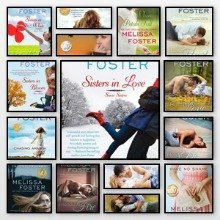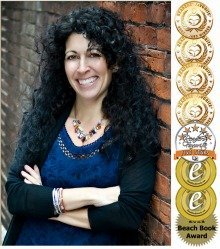
What many authors don’t realize, is that there are many steps that you can take prior to going through that editorial stage that can save you time, money, and frustration.
Editor Kristen Weber suggests taking the following steps prior to submitting your manuscript for edits.
- Put your manuscript aside for at least a week or change the font
before reading it one final time. This will help you see it in a
new way, and you may find things you were way too close to see before.
- Do a search of your document for a word or phrase you know
you use a little often and make sure you trimmed it back as much as
possible.
- Ideally you had at least three people – not related to you – read
the manuscript and comment on it as you’ve been writing and revising.
The third recommendation refers to beta readers. If you are not quite sure what to expect when hiring beta readers, refer to this article; Beta 
There are many things to look for in your manuscript, and areas that you, as the author may be too close to see. Editor Bev Katz Rosenberg suggests the following issues for those seeking traditional publication, and it may be helpful to alert your beta readers to pay close attention to these areas as well:
- If the book is working within a familiar trope, the author hasn’t provided a fresh twist on said trope. Adam Rex provided a great twist on the vampire novel in his YA, Fat Vampire.
- The voice is flat. Voice is all-important. Try to cultivate a unique voice that expresses your personality and world view. Editors look for fresh voices, above all. Think about Cormac McCarthy. That spare, straightforward, unflinching voice perfectly expresses his personality and world view, and sounds like nobody else’s.
- The plot is episodic. This is an especially common problem in a journey or quest book. You have to be building tension throughout to a climax, and you have to have unification and connectivity and follow-through. (Tip: throw in lots of twists and turns and surprises along the way!)

- Sloppy execution. The most common mistake writers make when submitting is to assume that an editor or agent will overlook mistakes in a manuscript because–after all–editors edit. The truth is that editors (and agents) are receiving hundreds of submissions every week from hopeful writers, and they have zero tolerance–or time–for errors. When you submit a manuscript, it needs to be presented in a professional manner, and that means it should be “clean.” My agent once told me that she knew by the second page if she would bother to read on.
- Cardboard characters. Poorly drawn characters can sink a manuscript that otherwise may be flawlessly written. Characters really ARE people. Fictional people, but people, nonetheless. No two characters will sound exactly alike, act alike, or think alike. Take the time to make them as real as you can. That means knowing them as well as you know yourself.
- Head-hopping. POV, also known as point of view is a valuable tool, but it can be confusing for the reader if the writer switches POV too often. Some editors are rigid when it comes to POV, and they control what their writers can do. Other editors don’t care how many POVs a writer uses, but insist on POV changes being smooth.
There is an old proverb: It takes a whole village to raise a child. I believe it takes a village to raise a manuscript into a successful novel. Don’t rush to the publication line. Quell your excitement of typing those final words just long enough to clean up your manuscript before sending it off to your editor. You’ll be glad you did.
Article written by Melissa Foster, New York Times & USA Today bestselling and award-winning author, founder of Fostering Success, World Literary Café, and The Women’s Nest. Melissa writes contemporary romance, new adult, contemporary women’s fiction, suspense, and historical fiction with emotionally compelling characters that stay with you long after you turn the last page. Her books have been recommended by USA Today’s book blog, Hagerstown Magazine, The Patriot, and several other print venues. Melissa has been published in Calgary’s Child Magazine, the Huffington Post, and Women Business Owners magazine.


 Melissa Foster is a New York Time and USA Today bestselling and award-winning author. She writes contemporary romance, new adult, contemporary women's fiction, suspense, and historical fiction with emotionally compelling characters that stay with you long after you turn the last page.
Melissa Foster is a New York Time and USA Today bestselling and award-winning author. She writes contemporary romance, new adult, contemporary women's fiction, suspense, and historical fiction with emotionally compelling characters that stay with you long after you turn the last page.